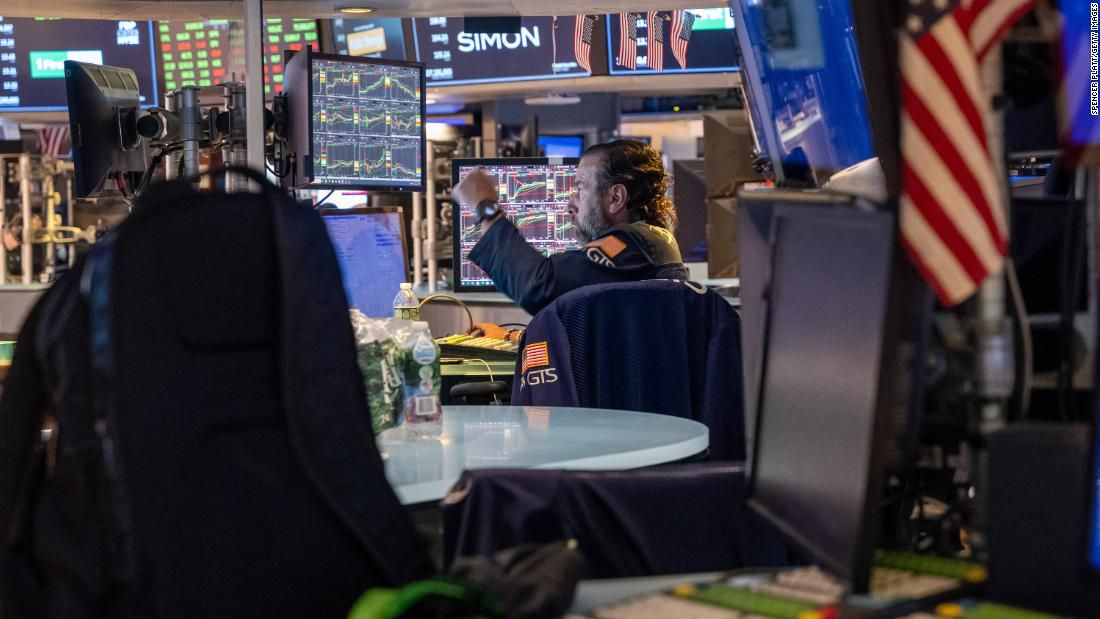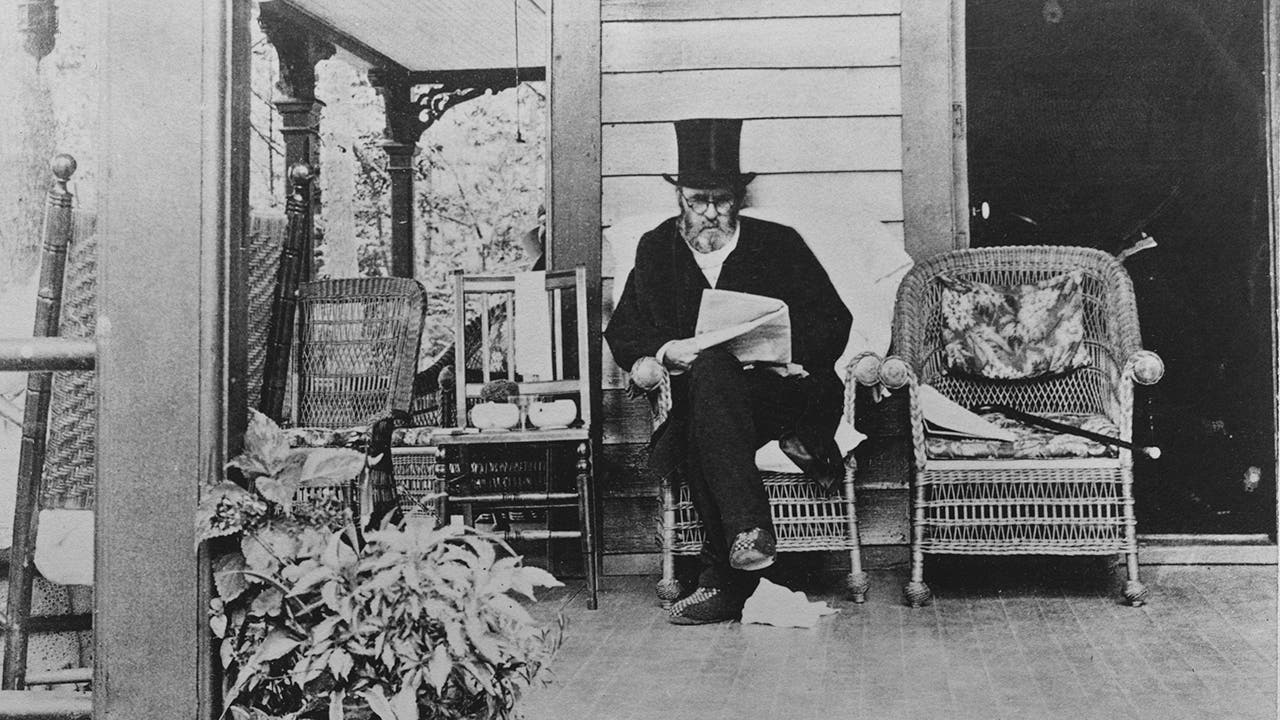After more than 20 months of inflation and higher borrowing costs, investors, economists and eventually Federal Reserve officials said they expected the economy to weaken this year, allowing the central bank to finally begin cutting rates.
But those expectations of a Federal Reserve turnaround continues to be rejected. While the market initially expected six rate cuts this year, starting in March, that is now off the table.
“I don't think it's likely that the committee will reach a level of confidence at the time of the March meeting to identify March as the time to do it,” Fed Chair Jerome Powell said of potential cuts at the January meeting. of the Fed.
Now, some economists believe the Federal Reserve will not cut interest rates at all this year.
The economy is not slowing and some underlying measures of inflation are growing, Torsten Slok, chief economist at Apollo Global Management, said in a note to investors earlier this month.
“The Federal Reserve will not cut rates this year and rates will stay high longer,” he added.
In some ways, expectations of interest rate cuts by the Federal Reserve undermined its efforts to actually lower rates. This is because US growth expectations for 2024 rose as investors and economists factored in easing financial conditions.
S&P 500 Global Ratings economists now expect U.S. real gross domestic product to grow 2.4% in 2024, up from their forecast of 1.5% in November. The labor market remains incredibly resilient, with unemployment at record lows and wage inflation high.
But an expanding economy can also accelerate the rate of inflation. Recent data shows that the Federal Reserve's preferred measure of inflation was still stuck above the central bank's target in January.
Read more here.












